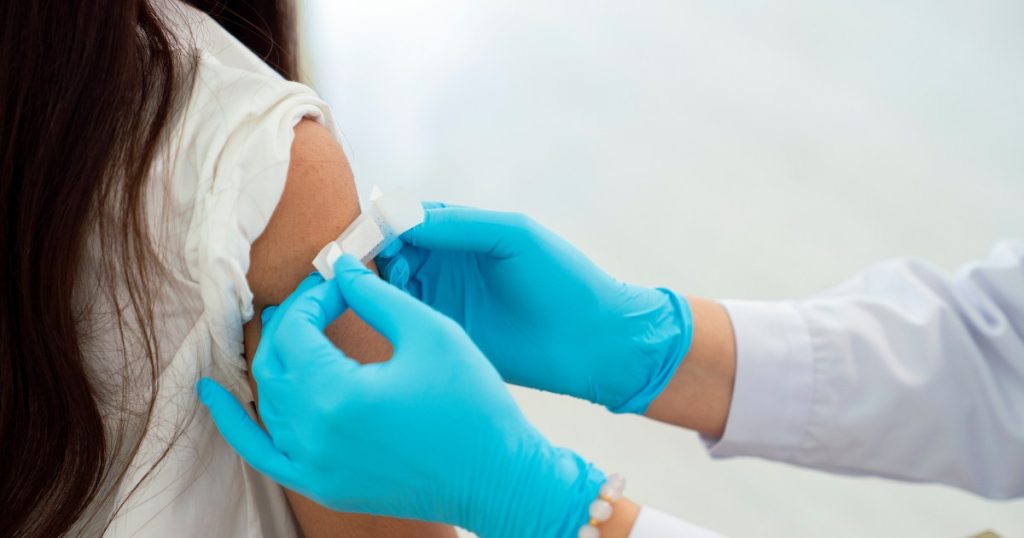The Food and Drug Administration has recently approved new versions of the COVID-19 vaccine designed to better protect against the variants of the virus currently circulating. With levels of COVID-19 in wastewater high and hospitalizations on the rise, experts are emphasizing the importance of getting the newly updated booster shot to provide additional protection, especially as kids head back to school. Pharmacies are expected to start offering the new shots in the coming days as more than 40 states report high levels of the virus in wastewater.
The surge in COVID-19 cases is largely fueled by the emergence of highly transmissible variants such as FLiRT strains like KP.3 and KP.3.1.1. While the previous vaccines did offer some protection against these strains, the new variants are different enough to warrant an updated booster shot. The new vaccines from Pfizer, Moderna, and Novavax are designed to target more recent strains, particularly the JN.1 strain that caused a massive surge earlier this year. The FDA has advised drugmakers to target the KP.2 variant for the fall shots.
Individuals who are eligible, including those ages 65 and older, individuals with weakened immune systems, and those with underlying health conditions that put them at higher risk for severe COVID-19 complications, are encouraged to consider receiving the updated COVID-19 vaccine for better protection against currently circulating variants. The FDA has given emergency use authorization to Pemgarda, a monoclonal antibody treatment, which may help protect immunocompromised individuals against COVID-19 infections. For those who are at a higher risk but cannot get the vaccine yet, wearing high-quality masks, avoiding crowded indoor spaces, and considering treatment options in case of an infection are recommended.
Deciding when to get the COVID-19 booster dose can be challenging, especially as protection from the vaccine wanes over time. High-risk individuals such as older adults are encouraged to get the new dose as soon as it becomes available, while those at lower risk may need to consider waiting a few months to ensure protection during an inevitable winter surge. Children going back to school should also receive the vaccine as soon as possible, especially high-risk children, to reduce their risk of infection. Considering upcoming situations where you may be at higher risk of infection and possible recent COVID-19 infections are also factors to consider when timing the new dose.
Common side effects of the COVID-19 vaccine or booster include pain, redness, and swelling at the injection site, as well as fatigue, muscle pain, headache, fever, chills, and nausea. These side effects are typically temporary and mild, but may interfere with daily activities for a day or two. For more severe arm pain, over-the-counter pain relievers, gently stretching the arm, and using cool or warm compresses can help. It is important not to take pain relievers before getting the vaccine as it can affect the immune response. Rest, hydration, and taking it easy the day after the vaccine can also help manage side effects. It’s crucial to keep in mind that individual responses to the vaccine may vary.













